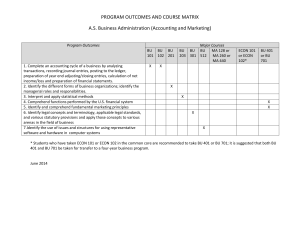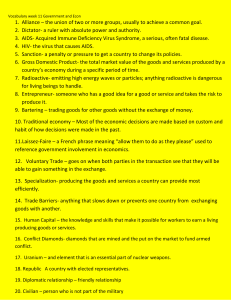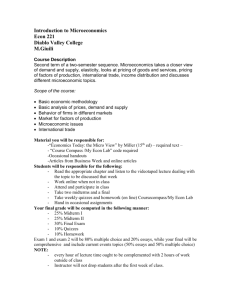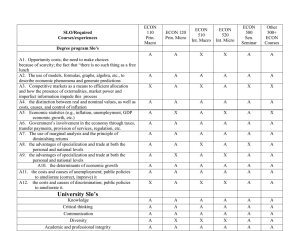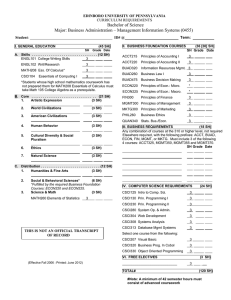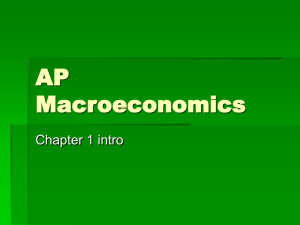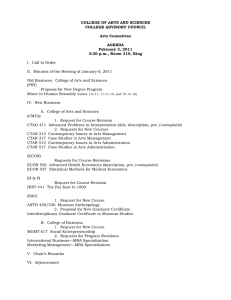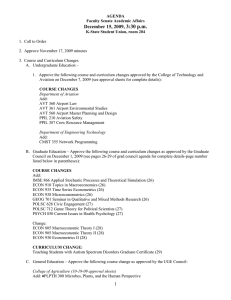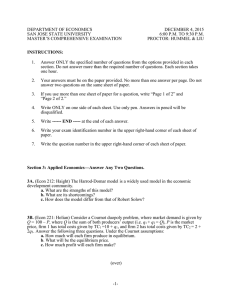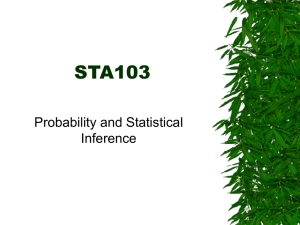Tips for Succeeding in ECON 302
advertisement
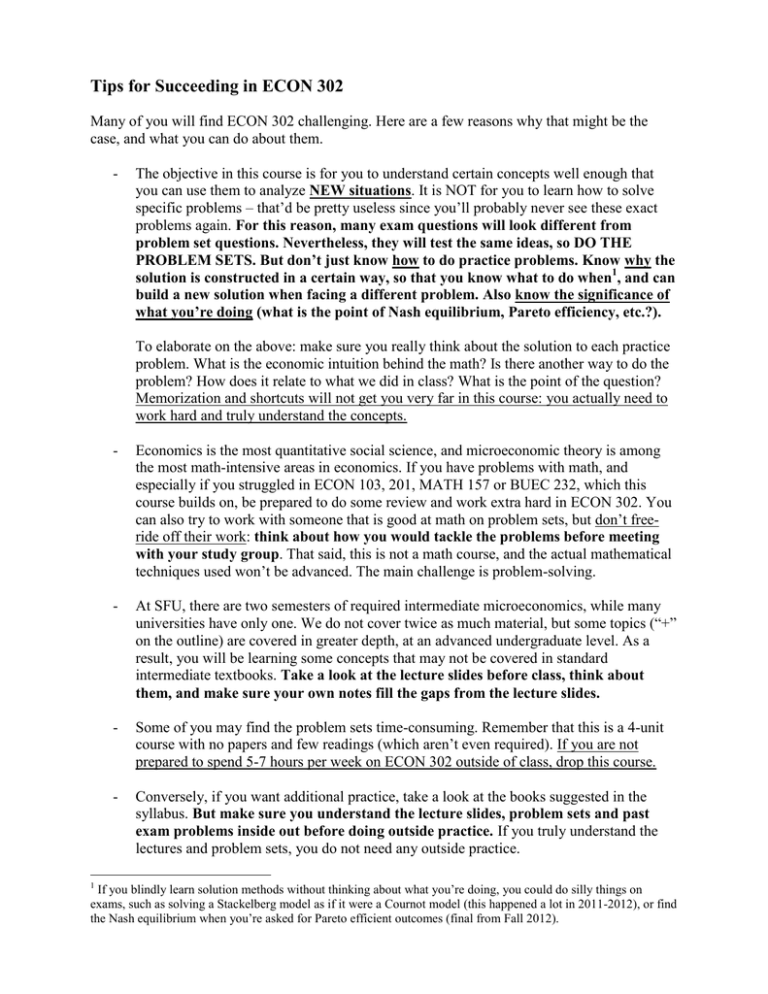
Tips for Succeeding in ECON 302 Many of you will find ECON 302 challenging. Here are a few reasons why that might be the case, and what you can do about them. - The objective in this course is for you to understand certain concepts well enough that you can use them to analyze NEW situations. It is NOT for you to learn how to solve specific problems – that’d be pretty useless since you’ll probably never see these exact problems again. For this reason, many exam questions will look different from problem set questions. Nevertheless, they will test the same ideas, so DO THE PROBLEM SETS. But don’t just know how to do practice problems. Know why the solution is constructed in a certain way, so that you know what to do when1, and can build a new solution when facing a different problem. Also know the significance of what you’re doing (what is the point of Nash equilibrium, Pareto efficiency, etc.?). To elaborate on the above: make sure you really think about the solution to each practice problem. What is the economic intuition behind the math? Is there another way to do the problem? How does it relate to what we did in class? What is the point of the question? Memorization and shortcuts will not get you very far in this course: you actually need to work hard and truly understand the concepts. 1 - Economics is the most quantitative social science, and microeconomic theory is among the most math-intensive areas in economics. If you have problems with math, and especially if you struggled in ECON 103, 201, MATH 157 or BUEC 232, which this course builds on, be prepared to do some review and work extra hard in ECON 302. You can also try to work with someone that is good at math on problem sets, but don’t freeride off their work: think about how you would tackle the problems before meeting with your study group. That said, this is not a math course, and the actual mathematical techniques used won’t be advanced. The main challenge is problem-solving. - At SFU, there are two semesters of required intermediate microeconomics, while many universities have only one. We do not cover twice as much material, but some topics (“+” on the outline) are covered in greater depth, at an advanced undergraduate level. As a result, you will be learning some concepts that may not be covered in standard intermediate textbooks. Take a look at the lecture slides before class, think about them, and make sure your own notes fill the gaps from the lecture slides. - Some of you may find the problem sets time-consuming. Remember that this is a 4-unit course with no papers and few readings (which aren’t even required). If you are not prepared to spend 5-7 hours per week on ECON 302 outside of class, drop this course. - Conversely, if you want additional practice, take a look at the books suggested in the syllabus. But make sure you understand the lecture slides, problem sets and past exam problems inside out before doing outside practice. If you truly understand the lectures and problem sets, you do not need any outside practice. If you blindly learn solution methods without thinking about what you’re doing, you could do silly things on exams, such as solving a Stackelberg model as if it were a Cournot model (this happened a lot in 2011-2012), or find the Nash equilibrium when you’re asked for Pareto efficient outcomes (final from Fall 2012). Additional Tips from Former Students Three students that took ECON 302 both in Fall 2011 and in Spring 2012 improved from a D to a B. I was the instructor both times, and asked one of them which things were done differently. The reply mentioned the following elements: - “I stopped trying to cram everything in just 2 days and tried to get at least 4 days to study before the quiz, midterm, and final.” “Before the exams, I would first study the lecture slides and make my own notes from it.” “I stopped trying to memorize the questions (which works in some other classes) and tried to understand the basic concepts, and how and why they were done the way they were through the problem sets.” The student found the last point especially important, because it means that when facing exam questions that differ from problem set questions, partial credit can be obtained even when one does not know how to fully solve the problem. The student then summarized, “It’s really just changing my habit from trying to memorize the solutions to trying […] to understand the concepts.” Another student that also improved from a D to a B said, “I thought understanding the concepts is much more important than memorizing the answers. Visiting TAs regularly also helped me significantly.”
